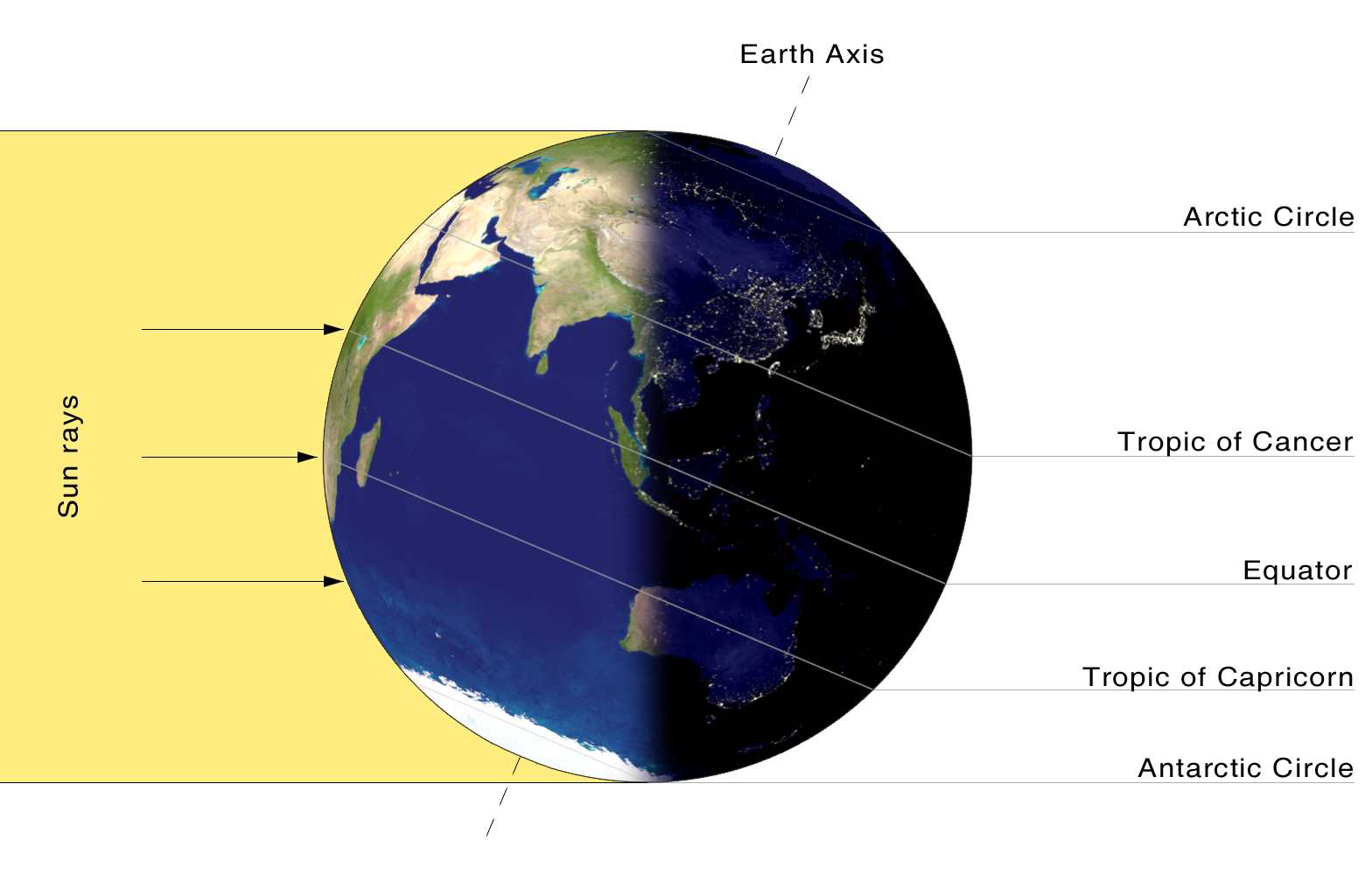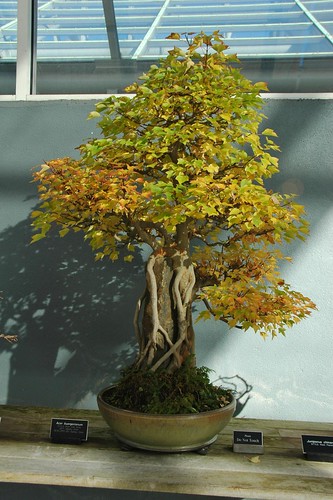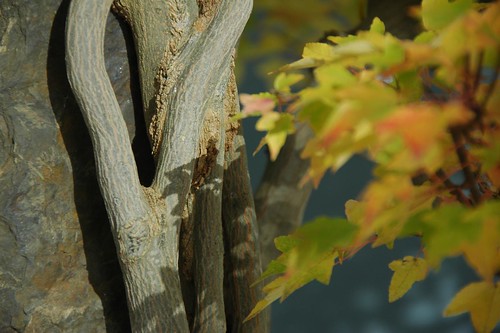Cherry Leaves, Brooklyn Botanic Garden, November 2008.

For the second year, a city-wide coalition of community gardens and other groups has organized Project LeafDrop to collect leaves from residents for composting. Again this year, most of the drop-off sites are located in Brooklyn. Check the map for locations near you, and the dates and times of your preferred locations.
View NYCLeaves: Project LeafDrop 2010 Locations in a larger map
Flatbush area residents have three exciting new options: community garden and composting sites which didn’t even exist a year ago, for last year’s LeafDrop! Sustainable Flatbush is collecting leaves this Saturday, November 6 and next, November 13, from 11am to 1pm at East 21st Street and Kenmore Terrace, at the site of the new Communal Garden in partnership with the Flatbush Reformed Church, the Flatbush CSA, and the Brooklyn Botanic Garden. Compost for Brooklyn, at Newkirk Avenue and East 8th Street in Kensington, and Prospect Farm, in Windsor Terrace, and also new.
Press Releases
Sustainable Flatbush
Sustainable Flatbush is proud to be part of Project LeafDrop 2010: “a coalition of community gardens, botanical gardens, greening groups, environmental organizations, City agencies and community partners dedicated to moving fallen leaves from the trash bin to the compost bin.” The new Church Avenue Communal Garden, a project of our Urban Gardens and Farms Initiative, will hold leaf collections on November 6th and November 13th from 11am till 1pm, and we’ll also be looking for interested volunteers to help us construct a leaf bin to hold what we collect. So bring your fall leaves to the corner of East 21st Street and Kenmore Terrace (1 block south of Church Avenue), and be part of the movement for less garbage and more gardens!
Until 2007, the NYC Department of Sanitation collected leaves in the fall and brought them to a municipal composting site in Staten Island; this compost was made available to urban gardeners at pickup sites throughout the city in the spring. In 2008 the program was discontinued in response to budget cuts, and New York City’s leaves were carted to landfills along with the rest of our garbage, where they represent both a major addition (20,000 TONS) to the city’s waste management burden and a missed opportunity to create free, high-quality gardening fertilizer for NYC residents and community gardens.
In 2008, a pilot project at 6/15 Green garden in Park Slope, Brooklyn, collected over 1.5 tons of leaves from Brooklyn residents, indicating a deep desire in the community to keep residential leaves out of the overburdened waste stream and recycle them into nutrient-rich plant food. The following year a network of gardens joined forces to create Project LeafDrop, collecting leaves in neighborhoods throughout the City. Sustainable Flatbush joined this newly formed coalition and collected 1,740 pounds of leaves from Flatbush residents in just four hours. We are proud to participate in Project LeafDrop 2010!
NYCLeaves
NYCLeaves: Project LeafDrop, a lively coalition of community garden, open space and greening groups, and other community partners are dedicated to reducing usable organic materials in the City’s wastestream. They are working together to direct fallen leaves from the trash bin to the compost bin. Last year, residents throughout the City brought over 8 tons of leaves to Project LeafDrop sites…leaves that would otherwise be part of the 20,000 tons of leaves that go into the City’s already-overburdened landfills. Savvy community gardeners turned them into beautiful, rich compost and mulch for garden beds and hungry street trees. As more sites are joining the project, they expect to do even better, this year.
Project LeafDrop 2010 sites welcome neighborhood residents to bring their bagged leaves (in clear plastic or paper bags without twigs or trash!) to participating sites on specific dates in November.
Information will be available at many sites about how to make compost in your own garden or apartment and about efforts to encourage the City to reinstate its municipal leaf recycling/give-back program.
To register a garden or other open space as a Project LeafDrop 2010 site, to find participating sites and dates near you, to volunteer to help or for more information about the project, check out the group’s website: www.nycleaves.org or email them at compost@nycleaves.org.
Until 2008, New York City collected over 20,000 tons of leaves annually, composting much of it and making the fertile compost available to the public. But, since that program was discontinued due to budget cuts, leaves collected at curbsides are treated just like regular garbage. Project LeafDrop gives New Yorkers the chance to recycle residential leaves into “brown gold” that will nourish the City’s urban oases and be kept out of the wastestream.
In 2008, a pilot project at 6/15 Green garden in Park Slope, Brooklyn, collected over a 1 1/2 tons of leaves, revealing a deep desire in the community to keep autumn leaves out of the City’s wastestream and transform them into compost. In 2009, NYCLeaves created Project LeafDrop to expand that program. In its first year, residents brought over 8 tons of leaves to participating sites for recycling into “brown gold”. Many groups worked with Master Composters from the NYC Compost Project to provided educational material about home and backyard composting. Information was also available to raise awareness about the importance of reinstating the City’s municipal leaf composting/give back program.
Bringing bagged leaves to a Project LeafDrop site lightens the City’s load of trash, saves the City the money it would spend collecting and getting rid of leaves, and redirects this precious natural resource to its best use – as compost to enrich exhausted urban soil or feed stressed and hungry street trees. It’s a win/win!
[goog.gl]
Related Content
Links
Leaf Composting with Project LeafDrop, Sustainable Flatbush
Compost for Brooklyn
NYCLeaves

















